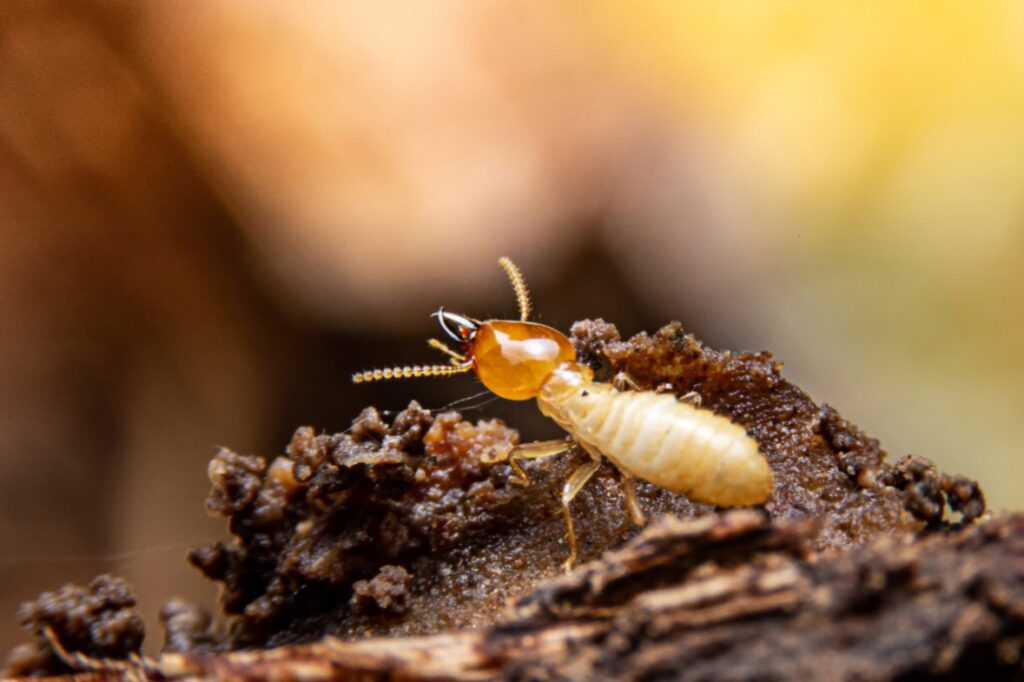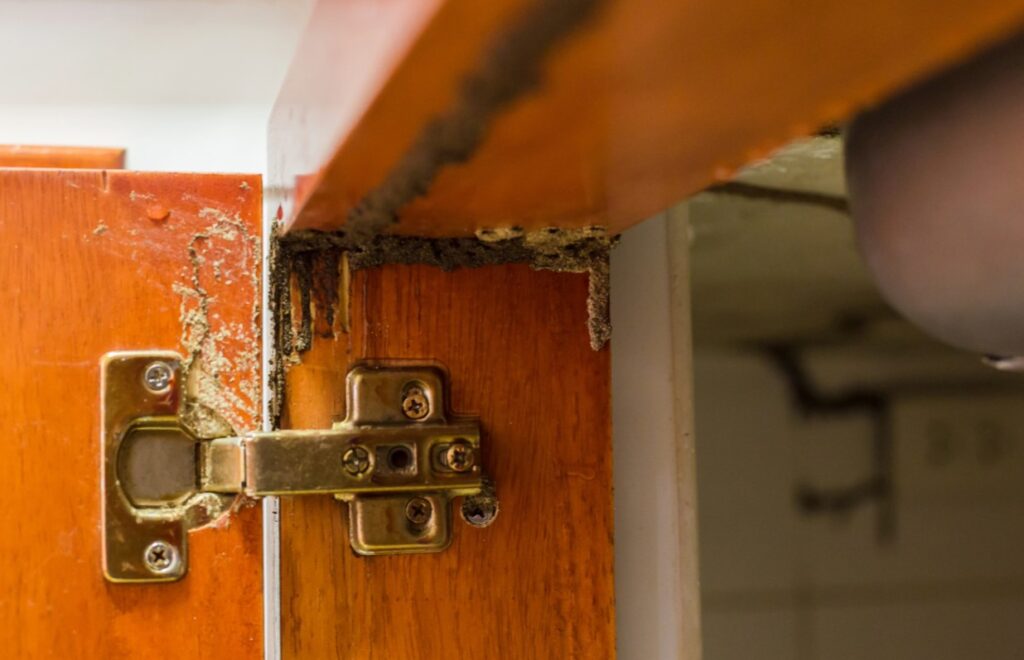
When it comes to household pests in Ocean County, New Jersey, few creatures cause as much damage and concern as termites. Whether they’re subterranean termites burrowing beneath your property, or drywood termites chewing through your furniture, a termite infestation is a serious issue that needs immediate attention.
Understanding the physical characteristics of these tiny invaders, particularly the different termite species, can be surprisingly helpful in identifying and dealing with a termite infestation.
One question we often encounter when we provide Monmouth and Ocean County Termite Real Estate Inspections is – Do termites have antennae? The answer is yes, and these play a crucial role in the life of a termite, especially worker termites that form the majority of a colony.
This guide will also detail the unique characteristics that differentiate termites from other insects like flying ants and carpenter ants.
Do Termites Have Antennae?
When it comes to identifying termites, one of the first physical characteristics that you should look for is their antennae. It’s a common question: Do termites have antennae? The answer is yes, they do. These seemingly insignificant appendages are important to a termite’s survival and functioning within its colony.
Description and Function of Termite Antennae
Termite antennae, also known as feelers, are composed of small segments and are located on either side of the termite’s head. The number of segments can vary depending on the species and age of the termite, but usually ranges from 17 to 25. These antennae appear bead-like, similar to a string of tiny balls connected together.
They are relatively short compared to the body length and the primary function of termite antennae is sensory perception. They help termites navigate their surroundings and detect food sources. These antennae are highly sensitive to vibrations and chemical signals, which allows termites to communicate with each other and find cellulose-based food sources like wood.
Characteristics of Termite Antennae
To better understand these fascinating creatures and to identify a potential infestation, it’s essential to delve deeper into the physical structure of termite antennae and their role in navigation and communication within the termite colony.
Detailing the Physical Structure of Termite Antennae
Color-wise, termite antennae generally match the overall color of the termite itself, varying from pale white in worker termites to dark brown or black in mature reproductive termites.

Worker termites, which form the majority of the termite population in a colony, have pale or white antennae. In contrast, the reproductive termites (also known as alates or swarmers) tend to have darker, often brown or black antennae.
How Termites Use Their Antennae for Navigation and Communication
Termite antennae are not just for show – they serve crucial functions that aid in the survival and prosperity of the termite colony.
For navigation, termites rely heavily on their antennae. These sensory organs are incredibly sensitive to vibrations and changes in humidity, helping termites navigate through dark, enclosed spaces and towards cellulose-based food sources.
Antennae play a significant role in the social structure of termite colonies. In some termite species, antennation – the act of touching another termite with the antennae – is a common form of interaction and communication. They do this to exchange information, recognize colony members, and even determine the caste of other termites within the colony.
Additionally, antennae help in the mating process. During swarming season, reproductive termites use their antennae to locate and select mates based on pheromones detected.
Understanding these characteristics can be vital in identifying a termite infestation early and taking necessary action. Remember, if you see small, winged insects with straight antennae in your home, you might be dealing with termites.
How To Identify Termite Infestation
Termite infestations can cause significant damage to your property if left unnoticed. Being able to identify the signs of a termite infestation early can save you time, money, and stress. Let’s look at some of the common indicators that might suggest the presence of termites and discuss the role of termite antennae in identifying an infestation.
Signs That Might Indicate The Presence of Termites
The first step to successful termite control is being able to identify termites and their activity. Here are some signs that could indicate a termite infestation:
- Termite Swarmers: One of the most visible signs of a termite infestation is the presence of termite swarmers, or reproductive termites. These termites have wings and are often mistaken for flying ants. They typically emerge during warm, humid weather to mate and start new colonies.
- Discarded Wings: After mating, termite swarmers shed their wings. If you notice small, transparent wings around your home, particularly near windowsills, it’s likely a sign of a termite infestation.
- Mud Tubes: Subterranean termite workers, which live underground, build mud tubes as pathways to reach their food source without being exposed to the open air. These pencil-sized tubes are often found along the foundation of your house or in basements.
- Wood Damage: Termites consume wood from the inside out. Therefore, wood that sounds hollow when tapped or that is visibly damaged could be a sign of a termite infestation.
- Termite Droppings: Drywood termite infestations can often be identified by piles of small, pellet-like droppings. These droppings, known as frass, are often found near termite entry points.
- Presence of Termite Larvae: Finding termite larvae, which are small, white, and grub-like, around your property is a definite sign of a termite infestation.

Role of Termite Antennae in Identifying an Infestation
Termite antennae can be a useful tool in identifying termites. Termites, like many other insects, are equipped with two antennae. These antennae are located on the termite’s head and are used as sensory organs. They are typically straight or slightly curved, unlike the elbowed antennae of ants, which is a key distinguishing factor when trying to differentiate between these two types of pests.
Also, the antennae of soldier termites, which are responsible for defending the colony, are often visibly thicker and darker than those of worker termites.
Understanding these signs and characteristics can help you identify a termite infestation early and take the necessary steps towards New Jersey termite pest control. If you suspect a termite infestation, it’s recommended to contact a pest control professional who can accurately diagnose and treat the problem.
Understanding The Physical Characteristics And Behavioral Patterns
Understanding the physical characteristics and behavioral patterns of termites, especially the distinctiveness of their straight antennae, can be instrumental in identifying an infestation early. Visible signs such as termite swarmers, discarded wings, termite mud tubes, wood damage, and termite droppings should not be overlooked.
These indicators, along with an understanding of termite antennae, can help you distinguish between termites and other pests. So, if you notice any of these signs, especially the presence of termite mud tubes and droppings, it’s strongly advised to seek professional NJ pest control help. This early intervention can save you considerable time, money, and stress by preventing extensive damage to your property.
